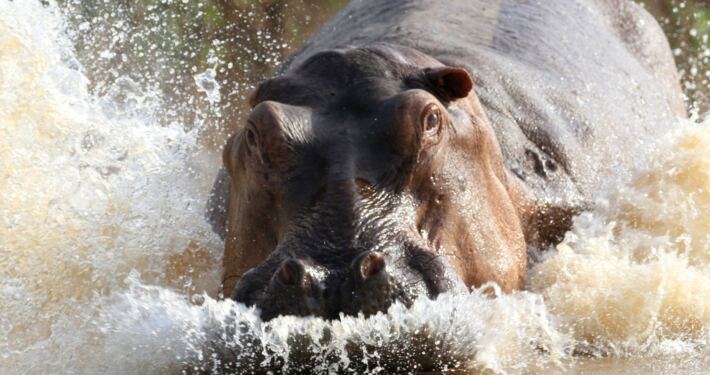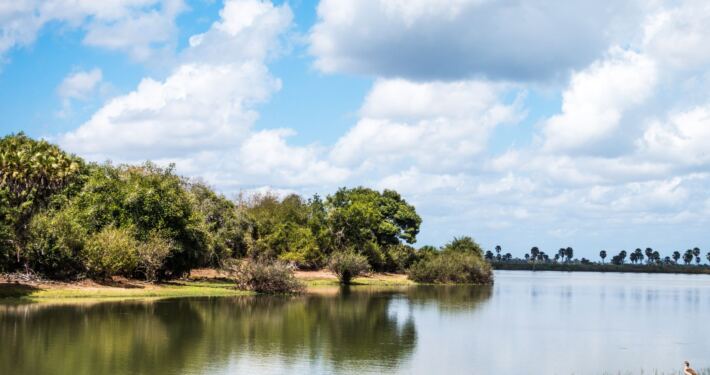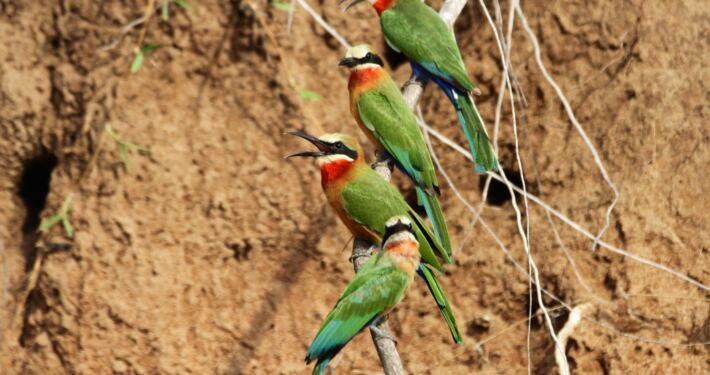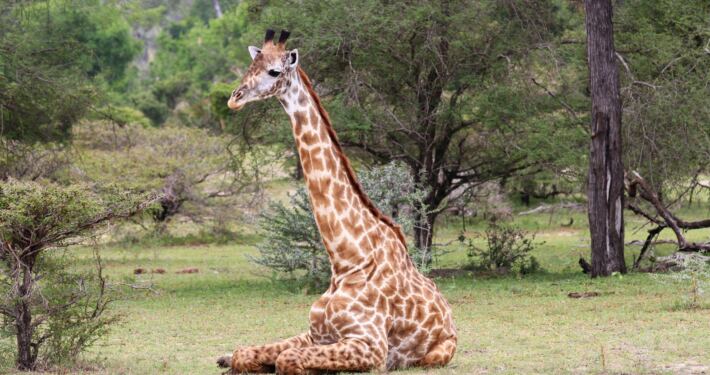When travelers think of Tanzania, Kilimanjaro, the Serengeti, the Ngorongoro Crater and the island of Zanzibar come to mind. These places are usually on the wish list when planning a trip to the East African country. And they are definitely the tourist lighthouses of the country, which nevertheless has so much more to offer.
Serengeti, Zanzibar and Kilimanjaro are familiar to you? But, have you also heard of Nyerere National Park?
Hermann von Wissmann, the German governor of Tanganyika at the time, founded a small game reserve on the Rufiji River in 1896, no one could have imagined then that it would one day become the largest game reserve in Africa, nowadays it encompasses five percen of Tanzania’s territory. It was named in 1922 after Frederick Courteney Selous, who once was a n avid hunter and later became a committed conservationist.
Later on the government took the decision to place most of the Selous under special protection, in connection with the construction of a huge dam to generate electricity. 2019 then saw the birth of Nyerere National Park, named after Tanzania’s first president.
But, how big is the park?
Nyerere National Park has an area of 30,893 square kilometers, it is larger than Belgium! In fact, 70 countries are smaller than Nyerere National Park. Such a huge area naturally provides the best conditions for an incredible variety of animals. It is known mainly for its herds of elephants and its abundance of hippos and crocodiles. You also have a good chance of seeing Wild dogs and lager herds of Buffaloes. Over 400 different species of birds can be seen Nyerere National Park. Lakes and rivers, dry savannah and the dry forest called Miombo form the scenery for one of the greatest safari areas of the African continent. Of course, you will also find the Big 5; lions leopards, rhinos, buffaloes and elephants.
Landing at Dar es Salaam International Airport
The national park can be reached by road from Dar es Salaam or by plane from Arusha, Zanzibar, Kilimanjaro Airport or even from the Serengeti. Therefore, it is easy to connect the very well-known northern Tanzania with the southern parks despite the long distances.
The variety of accommodations in the park is great, you will find everything, from simple tented camps to luxurious lodges. Depending on the location, they offer hiking and boating tours in addition to the classic car safari, sport fishing is also very popular. From July to October, the park is especially appreciated by big game lovers, while in the greener season from November to February, birdwatching enthusiasts get their money’s worth. Basically, however, the park is a worthwhile safari destination all year round, except for the rainy season months of April to May.









